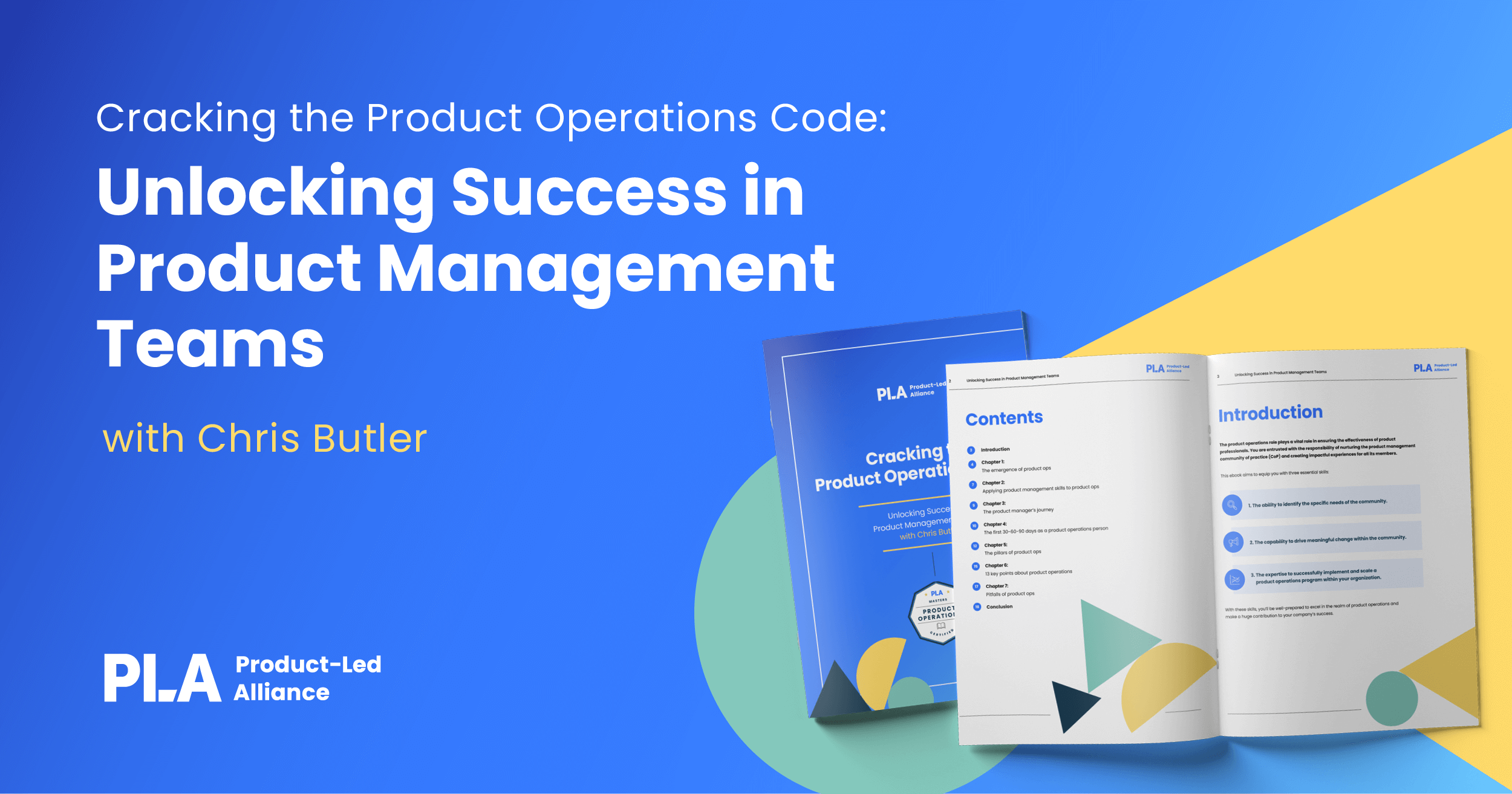Greg Bayer, Managing Director at Silver Ridge Advisors, gave this presentation at the Product Operations Festival in May 2023.
Hello everybody, my name is Greg Bayer. I was recently at Thomson Reuters, where I headed up product operations, and I'm going to talk about some of the initiatives my team put in place to create the space for product teams to test and iterate more frequently, leading to better, more innovative releases, and ultimately the customer outcomes.
I've been leading product teams for over 20 years at companies such as Rakuten, Sony, Omnicom, and Nielsen. While at Nielsen, I taught part-time at General Assembly, and was fortunate enough to help craft a new role at Thomson Reuters, where I led product operations for our CPO and his 3500-person organization.
I'm now at Silver Ridge Advisors, where I lead our product management and digital transformation practice.
- The importance of innovation in product operations
- Addressing Thomson Reuters’ innovation issue
- Defining a good product strategy
- Improving product communication through connected storytelling
- Building trust and facilitating self-empowered teams
- Getting the teams inspired
- Consolidating tools to enhance collaboration
- The results
The importance of innovation in product operations
So where does it start? We as product managers and product people come here to build great things. But as we've all learned, innovation and market-changing products don’t happen overnight. It takes constant experimentation, customer interaction, and steady improvements to create the next great thing.
It took the Amazon Fire Phone to fail for Alexa to become ubiquitous. OpenAI released the first version of ChatGPT in 2018, but it wasn't until the November 2022 release that it changed the world.
Innovation creates this level of change. It allows products to leapfrog competitors and increase enterprise value for the business.
Product operations helps get product teams to a place where innovation is a constant part of the team mindset. It's a function to partner with different product teams and to put in place programs, structure, and support to get that innovative breakthrough.
I'm going to give the context of what we did at Thomson Reuters, but first, I have to share a little bit about what Thomson Reuters is and what the company does.
Addressing Thomson Reuters’ innovation issue
Thomson Reuters is a big company. It has 25,000 employees across the globe, it's 150 years old, it makes over six and a half billion in annual revenues, it’s grown through 51 acquisitions, and has over 125 products, including Westlaw Reuters and the ONESOURCE accounting software suite.
There's one common customer problem that's threaded throughout all of this though, and that’s the time of our customers. Our customers come to us; the products are very workflow and research-intensive, and they’re looking for Thomson Reuters to shorten the time spent on that process, admin, and research type of work so that they can focus on higher-value strategic advisory work.
So that's the core of it, and that's the core of what every problem is solving for.
Thomson Reuters’ history has been to get good products through acquisitions. It's a risky long-term strategy; integrations are difficult, there are potential tech and culture clashes, and if not done carefully, it can really disrupt the customer experience.
Growth through acquisitions is also expensive and time-consuming, and unless the founders stick around, that innovative spirit can go with them.
Thomson Reuters made a conscious decision to invest more in its existing teams and grow through organic greatness. But there's a lot of work that had to happen before the company could think about widespread innovation.
It had to address foundational elements, better team definition, and trust. It had become more outcome-driven versus feature-driven, release more frequently, test often, and measure and use data effectively.
Transformation is intimidating. Where do you start? Where does it end? How do you know if you're doing right? Product operations gave the structure and led the product teams to get there one step at a time.
So, as my team was assembling together and thinking about how we approach this step process, we really had to acknowledge the right starting point. Thomson Reuters has a mix of employees, some who’ve been there for years, and some who’ve just joined from big tech or other more digital-driven organizations.
Although it's important to bring the ‘best of’ as examples, we made sure to do it this way because this is how we did it. The Amazon mentality didn’t enter the conversation. We talked about it, and there are great examples to show, but talking about advanced A/B testing when the only data the team has is monthly sales data will cause more harm than good because of that frustration.
So we took a conscious approach to be respectful and realistic so that we didn't lose the teams.

Defining a good product strategy
We started with the product managers and made sure that they could do three very foundational things. The first thing was to articulate a three-year vision and do this in concert with their cross-functional team.
The second was setting good goals and OKRs and being specific about what we wanted to accomplish this year.



